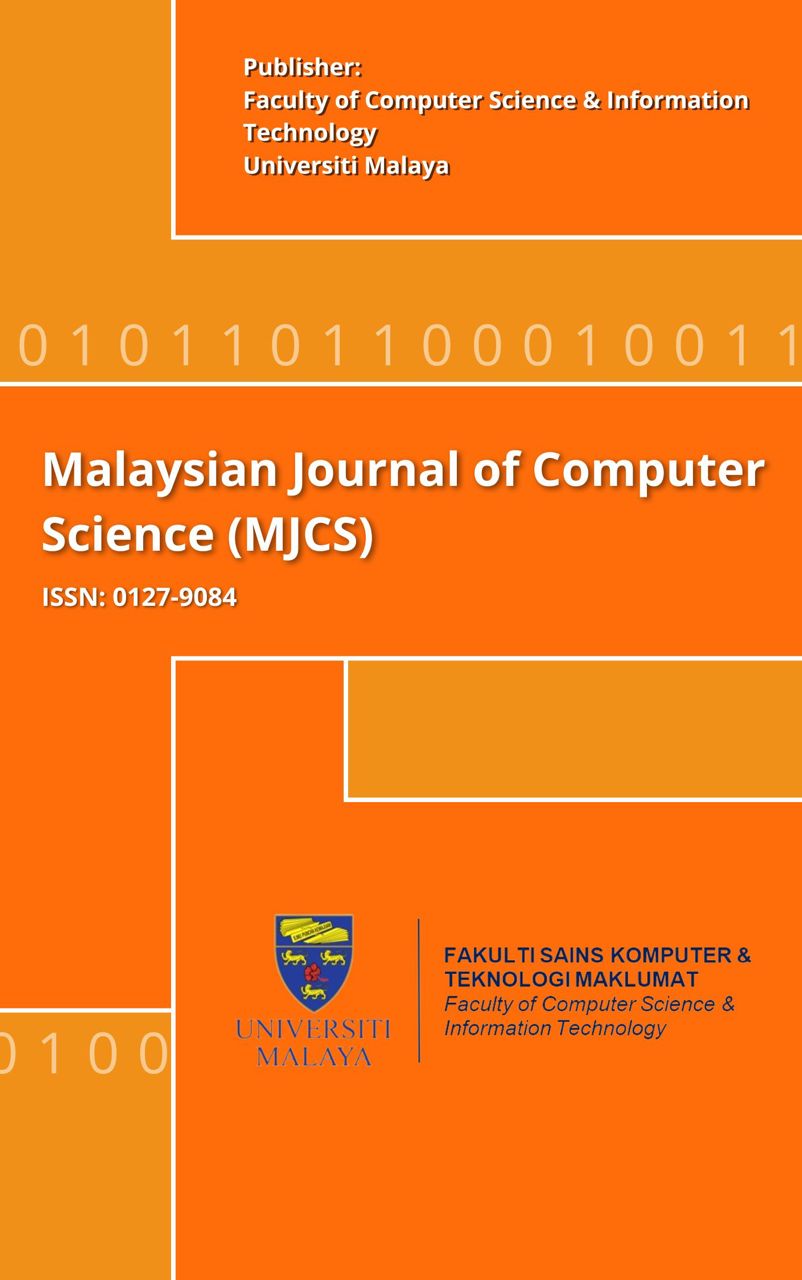2-D And 3-D Cellular Models Using Erosion And Dilation: Model Development
Main Article Content
Abstract
Based on the erosion and dilation procedures of image processing technique, the three dimensional cellular model is developed and tested. This development is an attempt to solve the main limitation of the corresponding two dimensional model which requires specific assumption on the shape of the particle. In this 3-D method, twenty six-neighbour configuration is investigated and the effect of increasing the threshold values for a particular node is systematically studied. This method includes the measurement of equivalent radius (for the case of sphere) or length (for the case of cube) and the results are compared with those of two dimensional for different number of threshold values. The 3-D version is shown to be superior since no assumption of particle shape is needed.
